| Structure | Name/CAS No. | Articles |
|---|---|---|
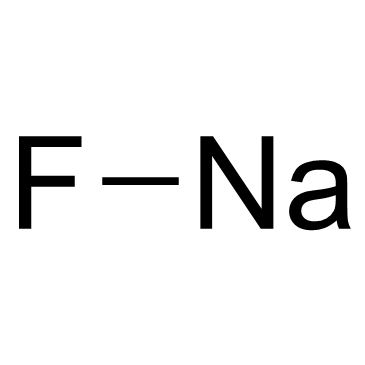 |
Sodium Fluoride
CAS:7681-49-4 |
|
 |
sucrose
CAS:57-50-1 |
|
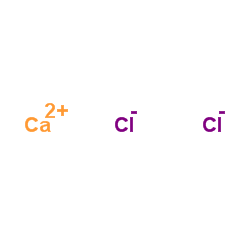 |
Calcium chloride
CAS:10043-52-4 |
|
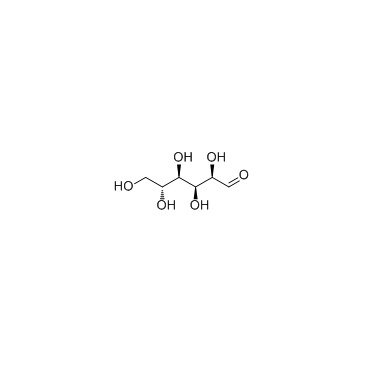 |
D-(+)-Glucose
CAS:50-99-7 |
|
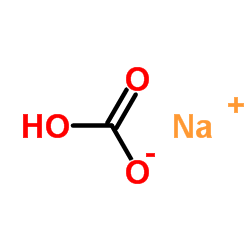 |
SodiuM bicarbonate
CAS:144-55-8 |
|
 |
sodium dihydrogenphosphate
CAS:7558-80-7 |
|
 |
HEPES
CAS:7365-45-9 |
|
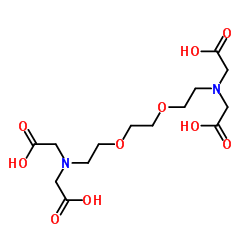 |
EGTA
CAS:67-42-5 |
|
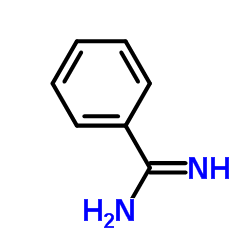 |
Benzamidine
CAS:618-39-3 |
|
 |
Kynurenic acid
CAS:492-27-3 |